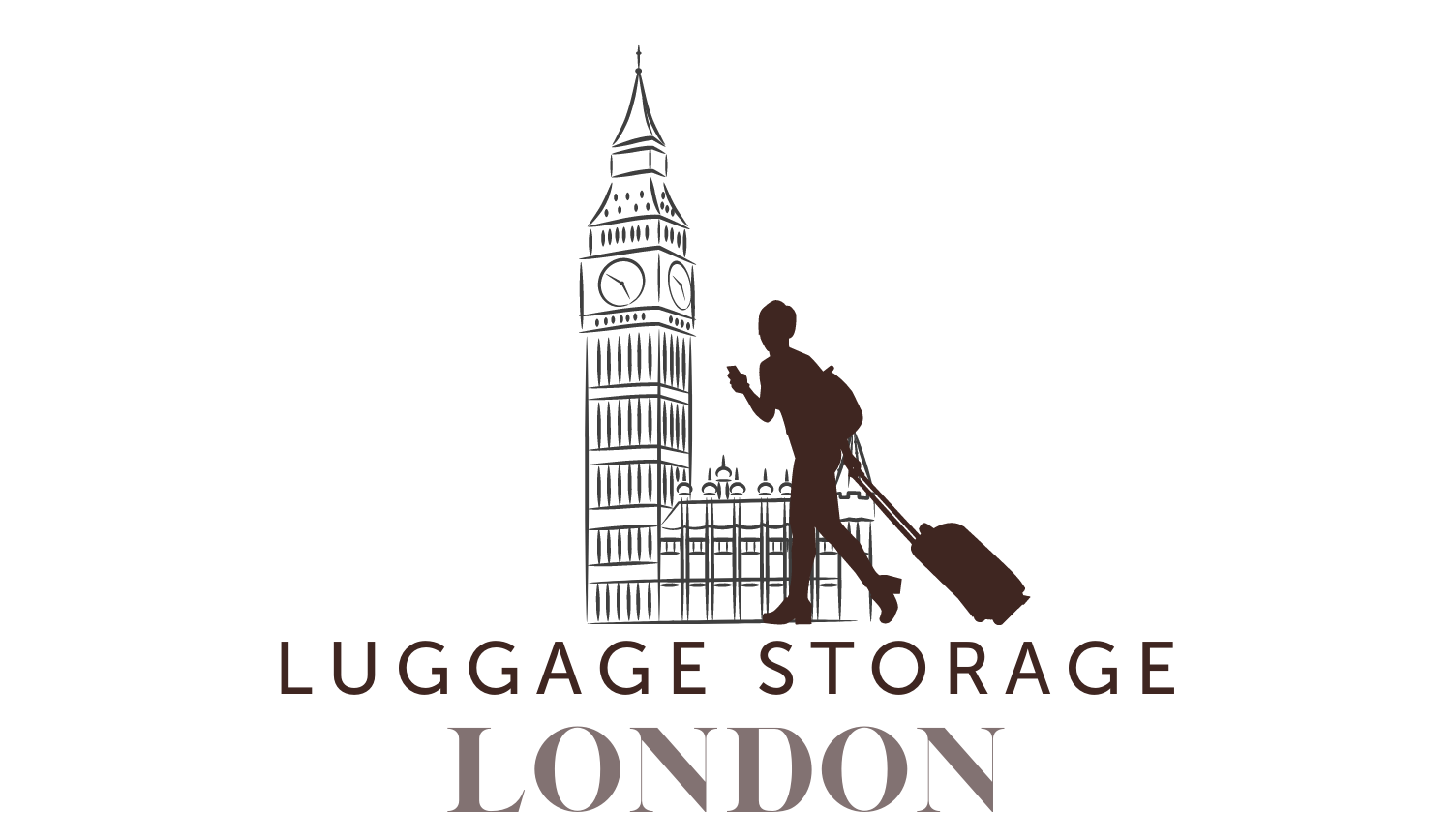Visiting the iconic Eiffel Tower in Paris is a must-do for many travelers. To ensure a smooth and enjoyable experience, it’s essential to understand the Eiffel Tower’s bag policy. This comprehensive guide will cover the bag policy, size restrictions, prohibited items, and storage options, with links to official sources to keep you informed of the latest updates.
Bag Policy & Size Restrictions
The Eiffel Tower has a bag policy in place to ensure the safety and security of all visitors. The main points of the policy include:
- Bag size: Bags, backpacks, and purses are permitted, but they must not exceed 40cm x 20cm x 55cm (15.7″ x 7.9″ x 21.7″).
- Security checks: All bags are subject to inspection upon entry to the Eiffel Tower, and visitors may be asked to open their bags for a security check.
Official Source: Eiffel Tower Official Website
Prohibited Items
To maintain a safe environment, certain items are not allowed inside the Eiffel Tower:
- Weapons: Firearms, knives, and any other weapons are strictly prohibited.
- Large items: Suitcases, large bags, and bulky items are not permitted.
- Glass containers: Glass bottles, containers, and other glass items are not allowed.
- Alcohol: Alcoholic beverages are not permitted inside the Eiffel Tower.
For a complete list of prohibited items, visit the Eiffel Tower Official Website.
Storage Options
The Eiffel Tower does not offer storage facilities for visitors. To store bags and personal items that do not comply with the bag policy, consider using nearby luggage storage services, such as Stasher.
Tips for a Seamless Visit
Keep these tips in mind when visiting the Eiffel Tower:
- Pack light: Bring only essential items in a bag that fits the size restrictions to avoid any inconvenience.
- Plan ahead: Familiarize yourself with the Eiffel Tower bag policy and rules to ensure a smooth entry.
- Check for updates: Visit the official Eiffel Tower website before your trip to stay updated on any policy changes or special events that may affect your visit.
Eiffel Tower History
The Eiffel Tower, or La Tour Eiffel in French, is an iconic landmark and symbol of Paris, France. Its history dates back to the late 19th century when it was constructed as the entrance arch for the 1889 Exposition Universelle, a World’s Fair held to celebrate the 100th anniversary of the French Revolution.
Design and Construction
The tower was designed by the French engineer Gustave Eiffel, who also oversaw its construction. Eiffel was known for his expertise in designing iron and steel structures and had already worked on numerous projects, such as the Garabit Viaduct and the Statue of Liberty’s internal structure.
Eiffel’s tower design was chosen among 107 proposals submitted to a competition organized by the Exposition Universelle’s committee. His design stood out due to its innovative use of wrought iron and the unprecedented height it aimed to achieve.
Construction of the Eiffel Tower began in 1887 and took just over two years to complete. Around 300 workers were employed on-site, and remarkably, only one worker lost his life during the construction, an impressive safety record for that time.
Inauguration and Public Reaction
The Eiffel Tower was inaugurated on March 31, 1889, and opened to the public on May 15, 1889. Initially, the tower received mixed reactions from the public and critics. Some praised its modern engineering and unique design, while others criticized it as an eyesore and a “useless” structure.
Despite the controversy, the Eiffel Tower was an instant success, attracting over two million visitors during the Exposition Universelle. The structure was initially planned to be dismantled after 20 years, but its potential for radio and telecommunication purposes, as well as its growing popularity, helped ensure its preservation.
The Eiffel Tower Today
Over the years, the Eiffel Tower has become an enduring symbol of Paris and France. Standing at 1,083 feet (330 meters) tall, it was the world’s tallest man-made structure until 1930 when the Chrysler Building in New York City surpassed it.
Today, the Eiffel Tower is one of the most visited tourist attractions globally, drawing millions of visitors each year. It has undergone numerous renovations and improvements, including the installation of elevators, lighting, and security features. The tower also continues to serve as a vital communication hub.
For more information on the history of the Eiffel Tower and visiting details, visit the Eiffel Tower Official Website.
Additional Resources
For more information on the Eiffel Tower, including tickets, guided tours, and accessibility, visit the following official sources:
By following this comprehensive guide on the Eiffel Tower bag policy and referring to the official sources provided, you’ll be well-prepared for a memorable visit to one of the world’s most iconic landmarks.

